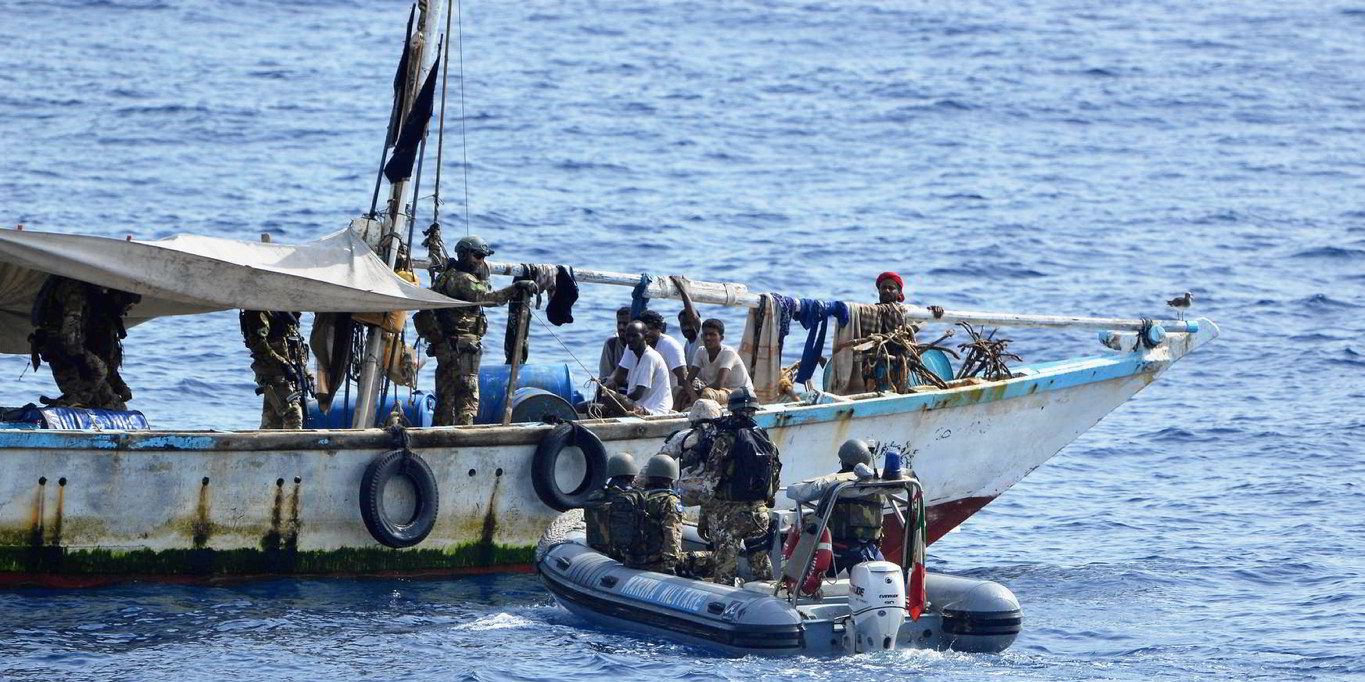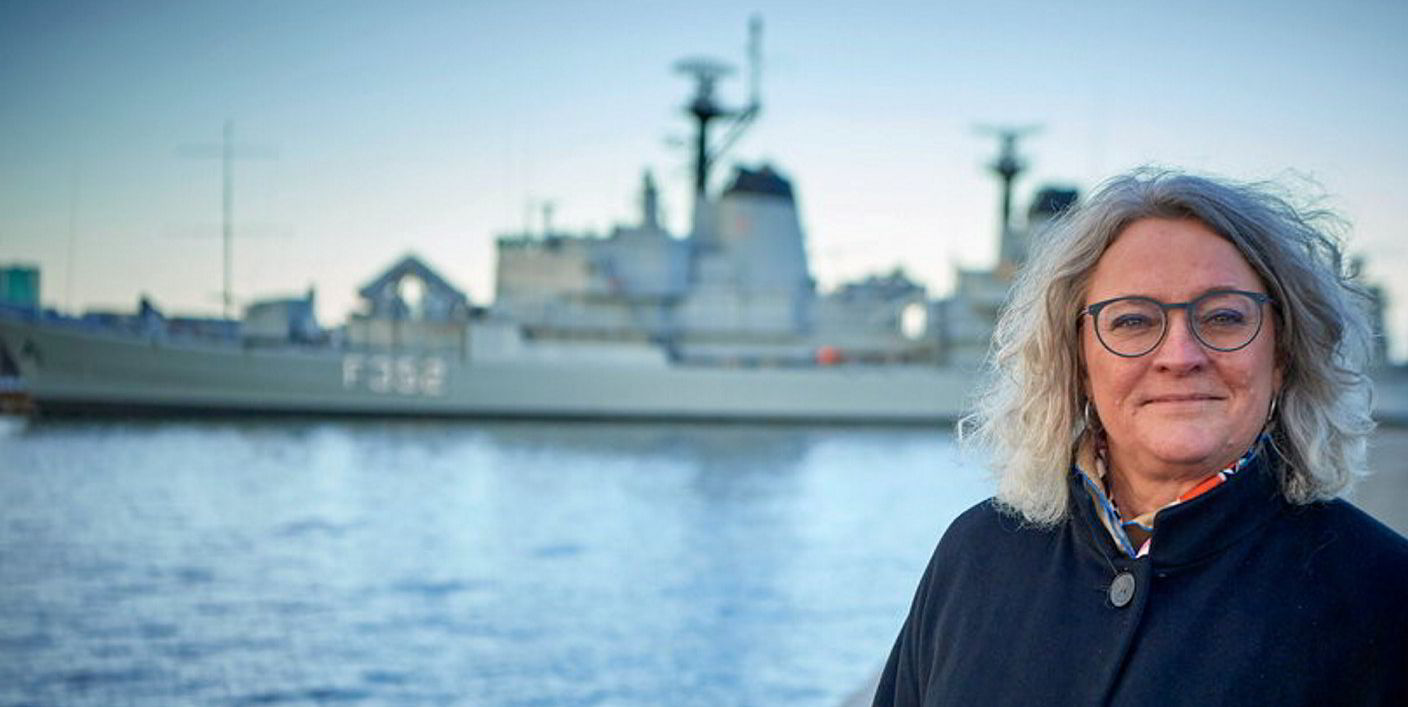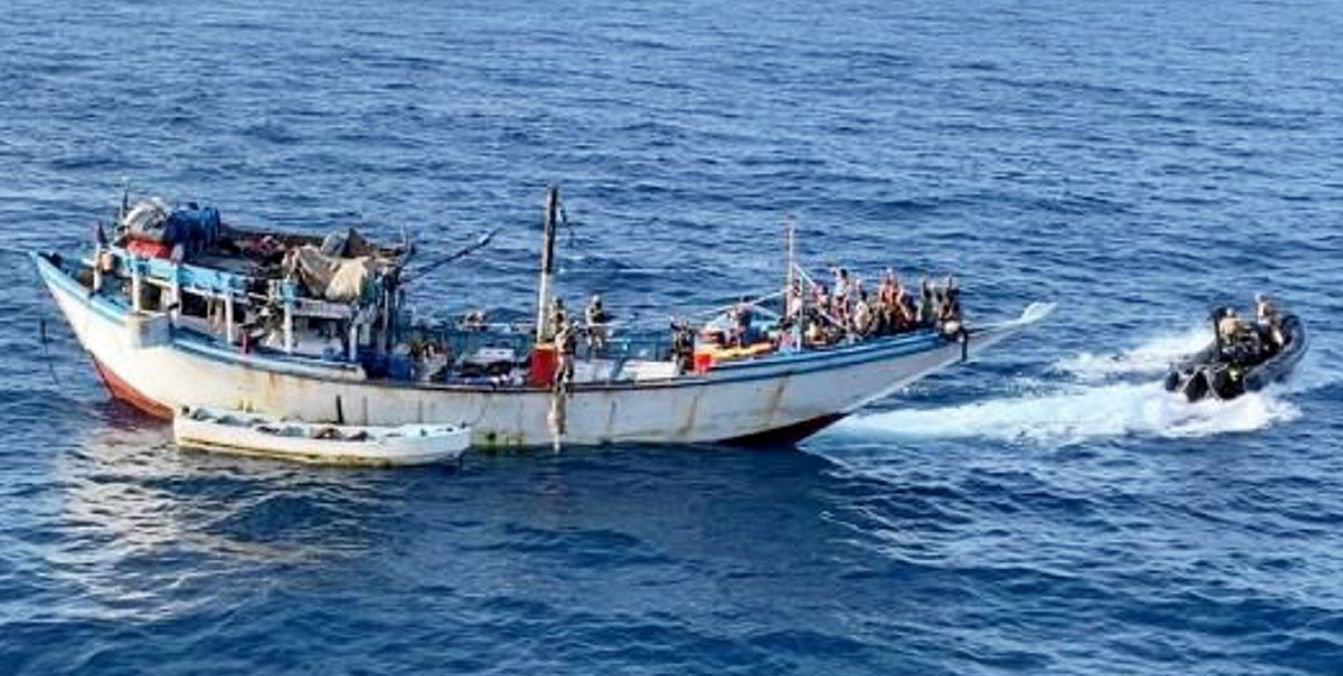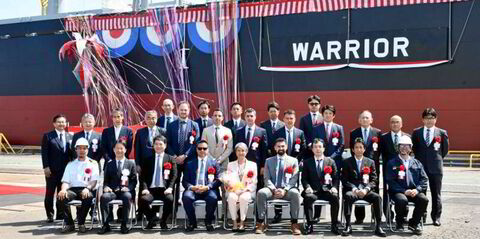Leading shipowner associations have decided to end the Indian Ocean High Risk Area from January next year.
More than 15 years of counter-piracy measures off the Horn of Africa has halted attacks on shipping in the region since 2018.
The decision was outlined by the associations in a paper submitted to the International Maritime Organization’s maritime safety committee, which meets in October.
The Somalian piracy threat peaked between 2008 and 2011. Hundreds of ships were attacked by pirates operating from flimsy skiffs. Dozens of ships and their crew were hijacked and held hostage for multimillion dollar ransoms.
More than 3,000 crew were held hostage in total during the crisis and more than 65 deaths recorded.
Oceans Beyond Piracy estimated that the crisis cost shipping $6.6bn.
The high-profile hijackings included the 1,068-teu Maersk Alabama (built 1998) and 19,900-dwt chemical tanker Samho Jewelry (built 2001), both of which were involved in daring rescue operations by special military forces.
Coordinated navy protection, including the European Union Naval Force’s Operation Atalanta, helped offer protection for ships operating in the region.
In addition, international government cooperation, private security firms and the industry’s best management practice guidelines helped reduced the piracy threat to nearly zero.
The decision to end the high-risk zone was collectively made by the International Chamber of Shipping, Intercargo, Intertanko, Bimco, Oil Companies International Marine Forum and the International Marine Contractors Association.
In a joint statement, they said: “This announcement is a testament to nearly 15 years of dedicated collaboration to reduce the threat of piracy in the Indian Ocean.
“Through a combination of efforts by military, political, civil society and the shipping industry over the years, operators and seafarers are now able to operate with increased confidence in these waters.”
However, the associations warned that ships will still have to operate with caution in the area.
“Threat and risk assessments should still be carried out, and best management practices followed to continue to mitigate the risks presented in a changeable and often complex and potentially threatening environment,” they said.





